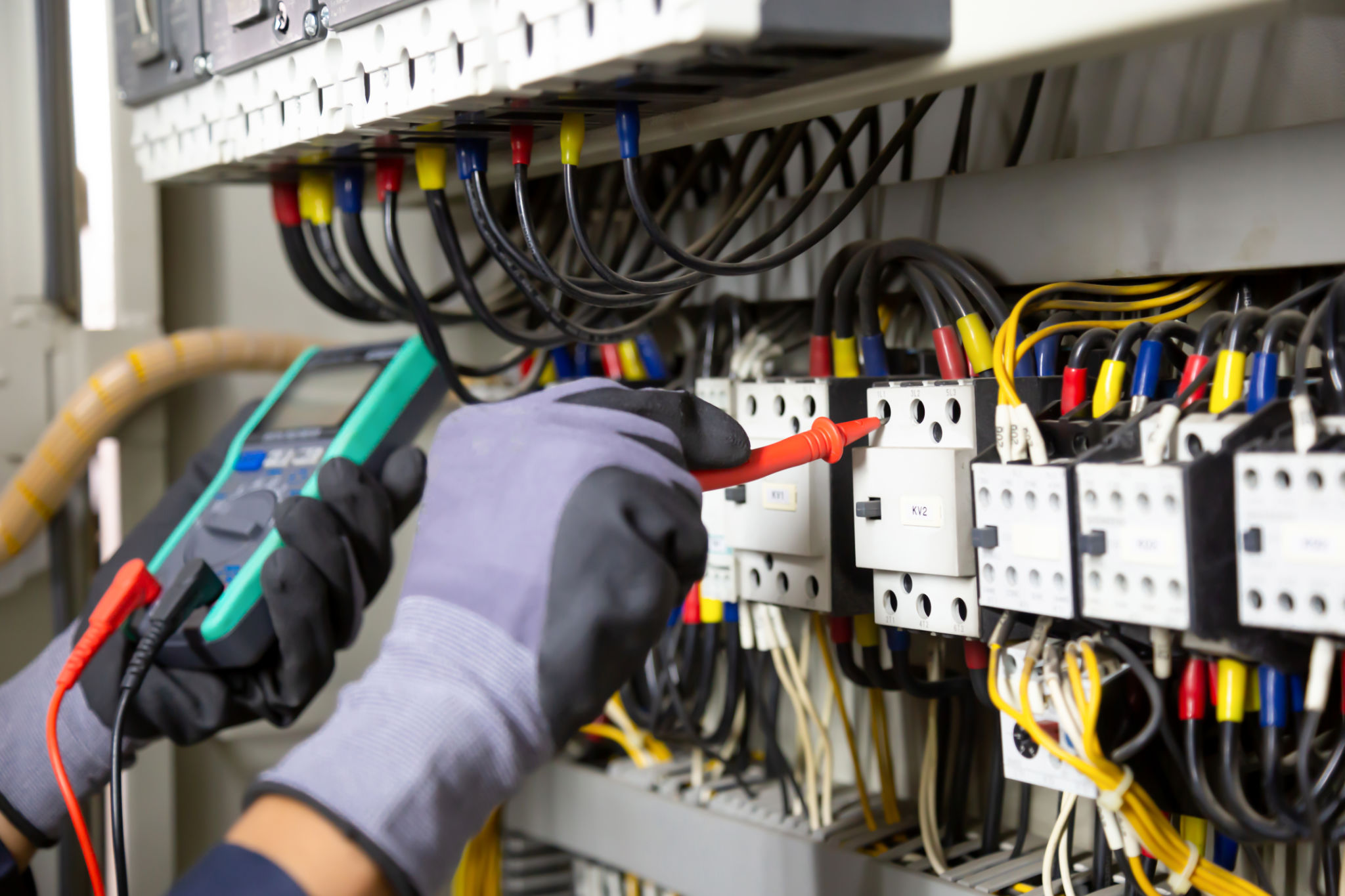The Role of Bird-Flight Diverters in India's Energy Infrastructure
Introduction to Bird-Flight Diverters
As India continues its rapid development of energy infrastructure, balancing ecological conservation with industrial expansion becomes critical. One of the significant challenges faced in this sector is the impact of power lines on local wildlife, particularly birds. Bird-flight diverters play a vital role in mitigating these effects, ensuring that energy infrastructure and avian populations can coexist harmoniously.

The Need for Bird-Flight Diverters
India is home to diverse bird species, many of which are vulnerable to collisions with power lines. These collisions can lead to fatal injuries for birds and potential disruptions in power supply. Bird-flight diverters are designed to make power lines more visible to flying birds, thereby reducing the risk of accidents. This is especially important in areas that overlap with migratory bird routes or are located near bird sanctuaries.
Environmental Impact
The introduction of bird-flight diverters helps in maintaining ecological balance. By reducing bird mortality rates, these devices contribute to the conservation of avian species, some of which are endangered. Furthermore, the implementation of such solutions reflects a proactive approach towards environmental stewardship, showcasing India's commitment to sustainable development.
How Bird-Flight Diverters Work
Bird-flight diverters are simple yet effective devices attached to power lines. They operate by increasing the visibility of the wires, often using reflective materials or bright colors to catch a bird's attention. The design and placement of these diverters are strategic, ensuring they are effective without compromising the functionality of the power lines.

Types of Bird-Flight Diverters
There are several types of bird-flight diverters available, each designed to cater to different environments and bird species. Some common types include:
- Spiral diverters: These are spiral-shaped and wrap around power lines, creating a visual barrier.
- Swinging devices: These hang from the line and move with the wind, catching birds' attention.
- Marker balls: Large balls placed on power lines to enhance visibility from a distance.
Implementation and Challenges
While the benefits of bird-flight diverters are clear, their implementation presents several challenges. The vast expanse of India's power grid means that installing these devices requires significant resources and coordination. Additionally, regular maintenance and monitoring are necessary to ensure their continued effectiveness.

Cost Considerations
The cost of installing bird-flight diverters can be substantial, particularly when considering the scale required for comprehensive coverage. However, when weighed against the potential costs associated with bird-related power line damages and environmental consequences, these expenses are justified. Many organizations and governmental bodies are now recognizing this and investing in the necessary infrastructure.
The Future of Bird-Flight Diverters in India
As India progresses towards integrating more renewable energy sources, such as wind and solar, into its energy grid, the role of bird-flight diverters will become increasingly important. These future energy projects will likely intersect with natural habitats, making it essential to adopt proactive measures for wildlife protection.
In conclusion, bird-flight diverters are proving to be an invaluable tool in India's energy infrastructure development. By protecting avian populations and ensuring seamless energy distribution, these devices represent a significant step forward in creating a sustainable future for both nature and industry.
